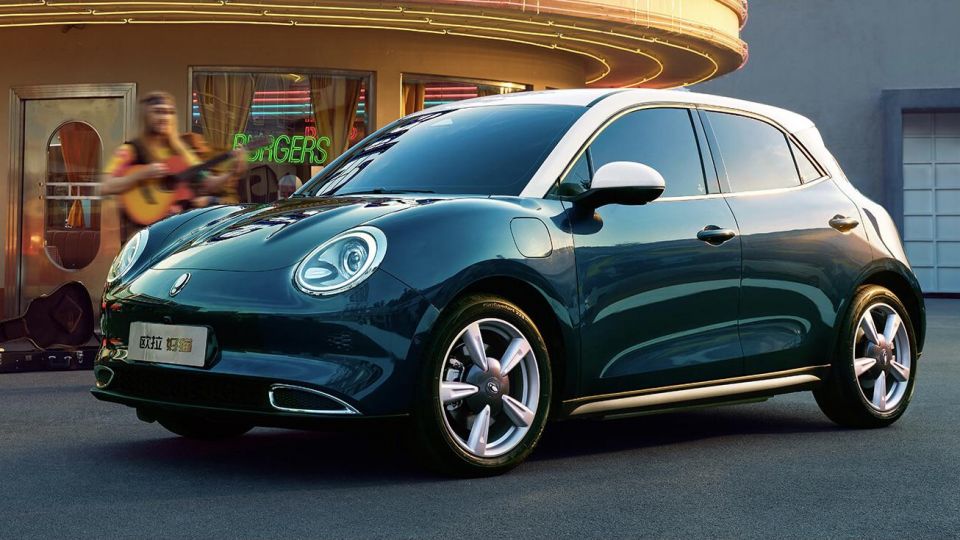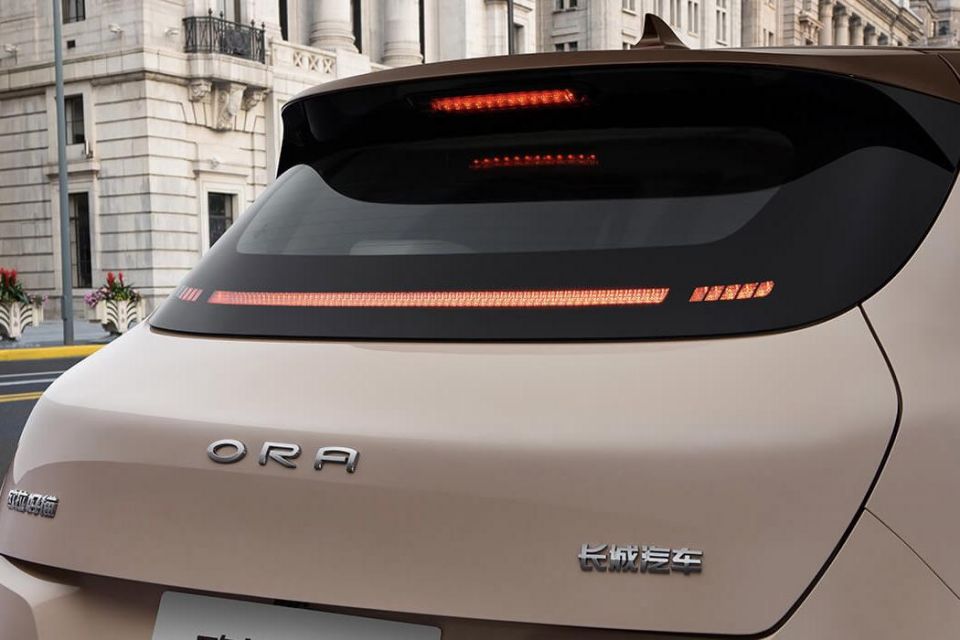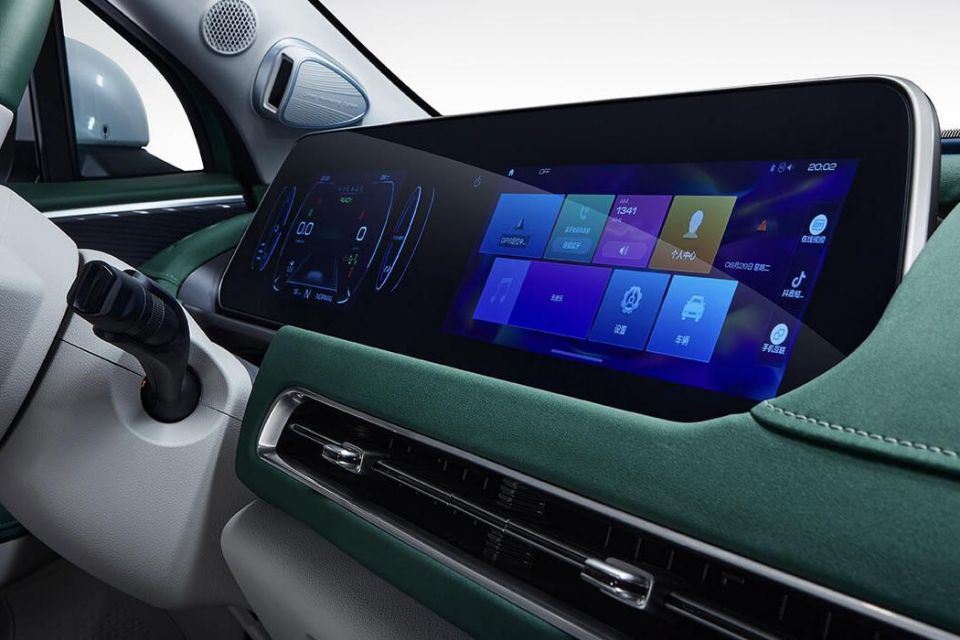

Andrew Maclean
Honda CR-V RS e:HEV vs Toyota RAV4 Edge Hybrid: Spec battle
6 Days Ago
Great Wall Motor's spinoff brand Ora will launch its first electric car in Australia next year, to tackle the Nissan Leaf and MG ZS.

Senior Contributor


Senior Contributor
Rapidly expanding Great Wall Motor has confirmed what we already suspected: the imminent Australian arrival of its first all-electric car/s.
Rather than using a GWM or Haval badge, it’ll be sold under the brand name Ora, and its first electric vehicle (EV) will be a small retro-style hatchback called the Ora Cat (perhaps Cat 01).
The company confirmed as much in a recent market report for Australia/New Zealand, which has become the company’s top full-export region globally with north of 20,000 sales this year.

“In 2022, the first batch of electrified models will land in Australia, including the pure electric brand Euler,” said a line buried near the bottom. It’s confusing, but Euler is another name for Ora as used in its domestic market.
Without adding comment, GWM Australia has since confirmed the news to us.
The Australian launch of the new EV brand seemed a fait accompli from late October, when the Cat 01 was confirmed for the (also right-hand drive) UK for early in 2022. It has been “very much on the GWM Australia roadmap” for some time, according to the company.

The Ora brand was established in 2018, as one of a bewildering spread of Great Wall Motor sub brands: GWM Utes, Haval SUVs, Wey premium crossovers (named for owner and chairman Jack Wey), Tank luxury 4x4s, and Ora EVs.
It makes numerous products with names that don’t really translate all that well (Good Cat, Lightning Cat, Punk Cat), but the UK press indicates their market’s models will simply use more palatable ‘Ora Cat 01’ branding. Presumably the Cat 02, Cat 03 etc. could follow.
“ORA 01CAT [stylisation retained] is a perfect combination of classic retro aesthetics and futuristic technology, which will bring unprecedented product experience to European users,” GWM said at the Munich Motor Show in September this year.

China-market specs for the Ora Good Cat (the domestic name for the Ora Cat 01), which kicks off after Chinese subsidies at 103,900 yuan ($A21,400) and tops out at 160,900 yuan ($A33,400) are:
It’s 4235mm long on a 2650mm wheelbase, about bang-on the same dimensions as a Volkswagen Golf 8, and weighs a fairly light 1555kg. It also sits on a bespoke electric-only architecture and uses MacPherson strut/torsion beam suspension.
The domestic market car’s spec sheet shows numerous liquid-cooled lithium iron phosphate and ternary lithium batteries, with energy content between 48kWh and 59kWh and (generous) NEDC driving ranges of between 401km and 501km (WLTP figures are generally lower).

The front drive motor in the base cars outputs 105kW and 210Nm, bumped up to 126kW and 250Nm in higher-end versions which cuts the claimed 0-100km/h time to 6.9 seconds.
It’s loaded with tech, too. It uses a Qualcomm Snapdragon processor and a Mobileye ADAS system, and runs the set of expected driver-assist features (lane-keeping aids, blind-spot assistance etc).
The interior genuinely looks great, with 17.25-inch dual screens, over-the-air updates, and what look like some premium material choices.

Bigger picture, Great Wall has a 50:50 partnership with BMW in China and the two carmakers are building a plant to make electric variants of BMW’s Mini brand and Great Walls from 2023.
Great Wall also claims to have invested more than RMB 500 million ($A104m) in the R&D of cobalt-free lithium batteries.
The two top-selling electric cars in Australia are already made in China – Tesla Model 3 and MG ZS EV – and 2022 will see the introduction of the BYD Yuan Plus EV crossover. BYD is backed by Warren Buffett and imported by Australian company Nexport.

GWM will also branch out into hybrid next year with the Australian launch of the petrol-electric Haval Jolion and Haval H6.
Below you will find a list of useful information regarding everything you need to know about electric cars.
MORE: China’s GWM plans for Big Dog, Tank 300, Ora EVs, has bold 2021 target MORE: Made in China electric cars poised to dominate MORE: Australia becomes top export market for GWM Haval


Andrew Maclean
6 Days Ago


Shane O'Donoghue
5 Days Ago


Anthony Crawford
4 Days Ago


Matt Campbell
3 Days Ago


James Wong
2 Days Ago


Max Davies
18 Hours Ago